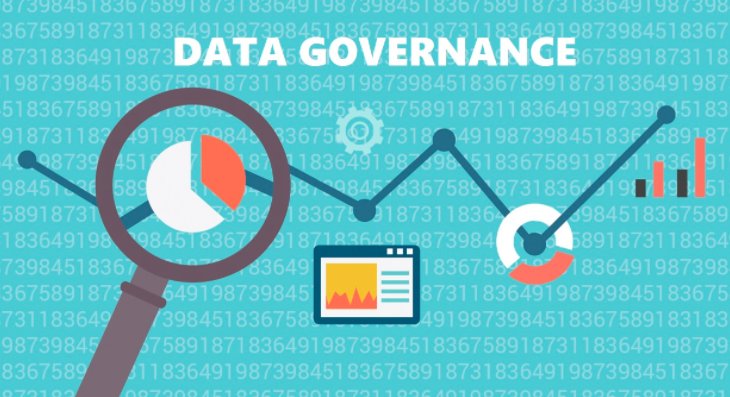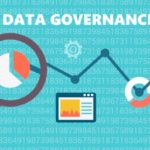Businesses are finding new ways to harness technology to improve their performance. Artificial intelligence is one such innovation which is seeing numerous business applications. However, do you know about the importance of data governance for artificial intelligence systems? Most businesses think that an AI tool will start delivering results soon after installation. They need to understand that these frameworks need accurate information to gain a correct understanding of the domain they are being applied to. In the absence of a monitoring scheme, they will be fed incorrect data which will render them useless. Data governance consulting experts are of the view that a failure to expose hidden bias or missing elements can hamper the primary goal of using these innovative solutions. The following points will help you understand why governance is vital for ensuring the productivity of AI technologies.
Why Is Data Governance Vital For AI-based Systems?
A major AI application that most businesses are using these days is machine learning. The technique allows users to discover patterns as well as uncover hidden correlations in huge volumes of information. This work is not at all humanly possible. Advanced computer hardware and other innovations have contributed to the development of speedy machine learning. However, a critical factor that most people fail to notice is that the systems need good data to train perfectly. What if they receive elements which are flawed in nature. Then the output provided by these tools will also be imperfect. Businesses have to understand that while it is good to have solutions with high processing speed, the need to feed them consistent and correct elements is equally vital.
What Are The Main Governance Objectives For AI Programs?
Every organization must identify clear and precise, quantifiable goals for a monitoring scheme to monitor an AI application. However, there can be two broad objectives which all enterprises must strive to achieve.
Ensure The Systems Receive Accurate Data For Training
A machine learning tool or a statistical analysis application studies the information they are provided to recognize patterns. As mentioned before, they cannot make precise analyses if they do not access elements which do not possess any anomalies. The primary objective of every monitoring plan must be to ensure that the tools receive accurate information so that they can be trained properly.
Enable Better Decision-making By The Tools
Organizations are increasingly becoming dependent on data to take key decisions. They use information management to gain vital insight into all aspects of their business. AI tools go through a vast amount of data elements in quick time to generate analyses. These solutions need to make accurate decisions so that they, in turn, help the executive leadership make better decisions. This must be the second objective of a data governance strategy for artificial intelligence tools.
How To Start A Governance Program For AI Systems?
Data is the fuel which runs the engine of artificial intelligence systems. The better the quality of the fuel, the more efficiently the engine will perform. Let’s see how enterprises can start a governance program to monitor their AI applications.
Define Clear Policies For Handling Data
Enterprises must make sure that they develop clear policies for handling their data assets. This is a good way to ensure that the elements remain consistent in nature and do not acquire flaws. The governance group must assign the responsibility of each item to a relevant stakeholder. This user will now be responsible for making sure that the asset is used and processed in the manner prescribed by the governance team. It is important here to note that by consistent, we do not mean that every element must reside in an unchanged state. There are many items which will undergo a transformation. There must be clear protocols to report the change to all relevant users.
Define The Standards To Measure Data Quality
Organizations need to define standards for measuring the quality of their assets at regular intervals of time. These metrics can vary from one element to another. It is the duty of the governance team to hold consultations with the stakeholders to finalize definitions of each item. Then they must collaborate to define the metrics for measuring the quality of each element. They must also specify the processes that will be used to monitor the quality across these pre-defined metrics. Businesses need to be careful while conducting this process as the quality of an asset can directly impact the performance of the AI tool.
Select Experienced Professionals To Run The Initiative
It is essential that professionals who have experience of running the governance program be chosen to manage the initiative. Regulatory compliance has become an integral part of governance. Enterprises have to make sure that they collect and use data in a way which does not violate privacy laws. Hiring experienced personnel, therefore, becomes all the more important. These people will use their expertise to ensure that the initiative runs within the defined legal parameters and provides useful results.
Start On A Small Scale
Never try to implement the plan across the entire organization at once. Identify the most important elements that are needed to train the tools. Then find out the departments involved in accessing and processing these assets. Make sure that the initiative starts in these sections. This will also help in identifying the problems that can also be encountered during later phases. The experience gained during the initial implementation will help in avoiding the same issues in the future.
Conclusion
Data governance for artificial intelligence is not something which can be planned after a machine learning or another smart solution has been implemented. It is essential that a monitoring strategy is formulated right at the beginning of the technology’s application.


